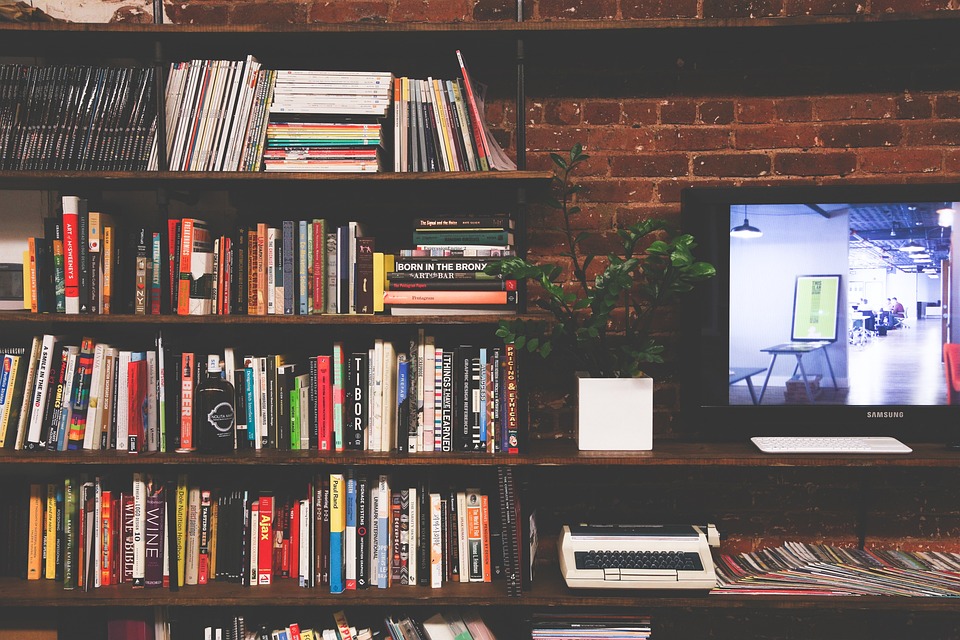
Secondary education
Just as the medical profession manages symptoms through medication, politicians manage the education system by turning a blind (ignorant?) eye to the way education manages its ills. These “solutions” are most easily seen in urban areas.
Politicians, through the power of legislation, expect schools to have all students performing at or above grade level which is what the “average” child is expected to know or do. There are children who can and do, as well as children who can’t and don’t. All schools are NOT equal, never can be, as long as we have the freedoms to choose where we live and what we do with our personal resources. All children are NOT equal, never will be, in experiential readiness, developmental readiness, native ability, talents and skills or interests. When we examine the performance of schools, we must consider many things not entering into formulas for success.
Schools of “right”
In the U.S., by law, children have the right to a free and appropriate public education. Complex social, political and legal changes have created standardized instruction, ostensibly to ensure adequate and equal educational opportunity. The goal is for every child to learn skills to be productive members of the workforce. General education schools are the result. These schools often have an alarmingly poor graduation rate, for many reasons. One reason is that the higher achieving, better performing students attend schools of “entitlement” or “privilege”.
Schools of “entitlement”
In larger or more urban areas, the public school district may have specialized schools for any level of education (elementary, middle, secondary). The high-performing (gifted) students usually attend a middle and/or secondary school. Magnet schools focus arduous or intensive instruction in particular special vocational interest fields (math, science, arts, vocational options, etc.) at middle and/or secondary schools. “Traditional” schools emphasize instructional basics; typically, these are elementary and/or middle schools. Charter schools require direct parental participation and may be elementary, middle or secondary. Typically, all these specialized schools expect parental support and involvement for students regarding their assignments, achievement, and school-appropriate attitudes, behavior and dress.
These are schools of entitlement; students must meet certain criteria or standards to be eligible to attend. Those standards do not assure attendance; not all who apply attend. Quotas determine how many students are in the classes and, when filled, the doors close. Students not meeting the requisite standards for behavior and/or scholarship become ineligible to continue attendance. Schools of “entitlement” have high graduation rates, because there is mental and emotional investment by adults and students.
Another type of school, questionably falling in to the “entitlement” category, is the alternative school: the school for students behaviorally and/or emotionally inappropriate for the “right” school and definitely excluded from schools of “privilege”. Students, removed from their “right” placement school for severe behavioral and/or disciplinary purposes, may or may not return to the general mainstream in the future; typically they have little interest in academic achievement.
Schools of “privilege”
Parents who can afford and value challenging educational opportunities for their children make sure their children benefit. Those with sufficient incomes, usually upper and upper-middle class, send their children to private schools, either day schools or boarding schools. Standards for those teachers and students are high, primarily because parents are committed to their children’s education; they pay for tuition and fees to cover expensive structures, uniforms, books, educational trips, and other experiences to enhance their children’s optimal growth and connections for their future. Those who choose local schools live where the public schools are highly rated and have reputations of excellent teachers, often attracted equally by high salaries and exceptionally achieving students. Housing costs preclude lower income families from attending. When parents, because of employment or other constraints on where they live, cannot afford those exceptional public schools, they may still seek out specialized schools. Many of these schools, affiliated with a religious organization, reinforce the common values of the families in attendance. Graduation rates for schools of “privilege” are high.
What do we really know?
All educators have extensive training; most teachers work hard, long hours, but can’t stop the plethora of influences outside classrooms that prevent student from achieving. Research and statistics, as we currently use them, are NOT appropriate for evaluating education; we cannot statistically evaluate education while aspects of poverty affect children’s learning. Assumptions about people, attitudes, values and beliefs drive policies that don’t work.
Everyone can contribute to solutions; this is a revolutionary approach that could help identify our personal and collective weaknesses and blind spots. Exposing the personal and national attitudes and beliefs that keep us enmeshed in habitual approaches might allow us to begin effective education reform.
Secondary education
Source by Jennifer Little
—–
more details